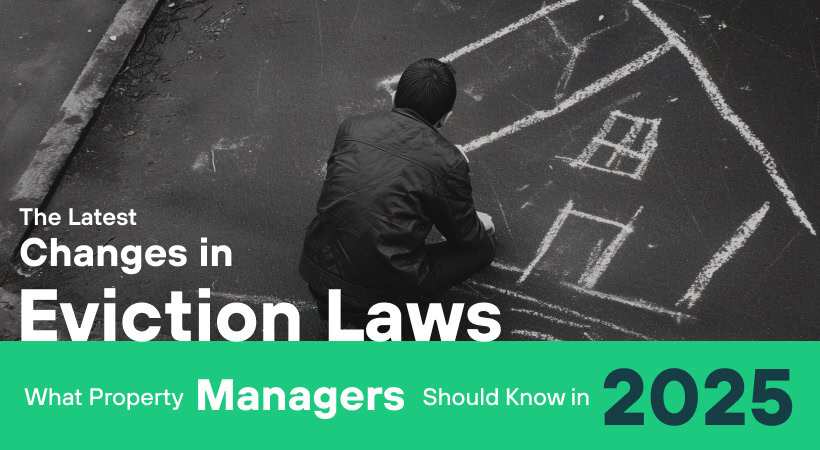Key Takeaways
Use tech tools to screen pets and verify service animal documentation.
Maintain consistent rules while allowing for unique exceptions.
Protect units with clear damage clauses and pet responsibility terms.
Understand local laws around breed restrictions and limits.
Exercise discretion and empathy in enforcement to build resident trust.
In today’s rental market, pets are more than just furry companions, they’re family. With more renters than ever owning pets, the demand for pet-friendly multifamily communities has surged. While welcoming pets can be a major selling point, it also presents challenges for property managers: ensuring policies are enforced fairly, balancing resident satisfaction, and protecting the property from damage or liability.
Enter PetScreening, a tech solution that promises to streamline pet approvals and ease the burden on onsite teams. It’s a helpful tool, but it’s not a complete replacement for personal oversight. As pet ownership evolves, so must our approach to managing it.
The Rise of Pet-Friendly Housing
Pets have become a key factor in renters’ housing decisions. Many residents are willing to pay more or sacrifice other amenities in order to keep their pets with them. In fact, studies show that pet owners tend to stay longer and care more deeply about their living space, a win for property managers aiming to reduce turnover.
Still, there are practical concerns: noise complaints, aggressive behavior, property damage, and the comfort of non-pet-owning residents. That’s where thoughtful pet policies, and tools to enforce them, come into play.
Understanding Common Pet Restrictions
Many properties set restrictions around:
- Breed or size, excluding larger or so-called “aggressive” breeds.
- Weight limits, typically 25–50 lbs.
- Number of pets, usually no more than two per unit.
- Exotic pets, like snakes or ferrets, are often prohibited.
Alongside these, properties usually collect pet deposits or monthly pet rent, which help cover potential damage or extra cleaning.
Note: Service animals and emotional support animals (ESAs) are not considered pets and are protected under fair housing laws. Pet restrictions cannot be applied to them.
PetScreening: A Tech Solution to a Complex Problem
PetScreening is a third-party platform designed to assist property managers in evaluating and processing pet and assistance animal information. It offers:
- Verified pet profiles, including vaccinations and breed details.
- Risk ratings based on a pet’s history, age, and other factors.
- Documentation review for ESAs and service animals.
It standardizes the way pet policies are enforced and helps avoid accidental bias or inconsistency, something that’s critical in today’s fair housing climate. It also helps streamline the process for residents, giving them a clear, guided way to share pet information and understand what’s expected.
Why Managers Still Need to Be Involved
As useful as PetScreening is, it shouldn’t replace a manager’s judgment or oversight. Algorithms can’t meet a dog, observe its temperament, or assess how it interacts with people and other pets.
Onsite teams should still:
- Meet the pet at move-in or during a tour, when possible.
- Ask questions: Does the dog bark when left alone? Is the cat fully litter trained? Has the animal lived in an apartment before?
- Assess compatibility: Some units or buildings may not be ideal for larger or high-energy pets, regardless of the risk rating.
PetScreening is a tool, but it’s just one part of a larger screening and decision-making process. Relying solely on it may lead to issues that a bit of human interaction could have prevented.
Tips for Creating a Fair and Effective Pet Policy
- Be consistent in enforcing rules across all applicants and residents.
- Stay informed about local laws and federal housing regulations around pets and assistance animals.
- Clearly communicate expectations, such as leash requirements, pet waste disposal, and behavioral standards, in leases and resident handbooks.
- Conduct periodic reviews of pet policies to ensure they still make sense for your property and resident population.
- Offer support and education for pet owners, like access to pet care services or community rules reminders.
Final Thoughts
Smart technology like PetScreening can make the job of a property manager easier. It helps ensure policies are enforced fairly, documentation is verified, and residents understand what’s required. But it’s no substitute for experience, instinct, and good old-fashioned people skills.
Managing pets in multifamily housing requires a balance between welcoming residents’ beloved companions and protecting the property and community as a whole. The best approach combines tech with a human touch—and that’s where great property managers shine.











